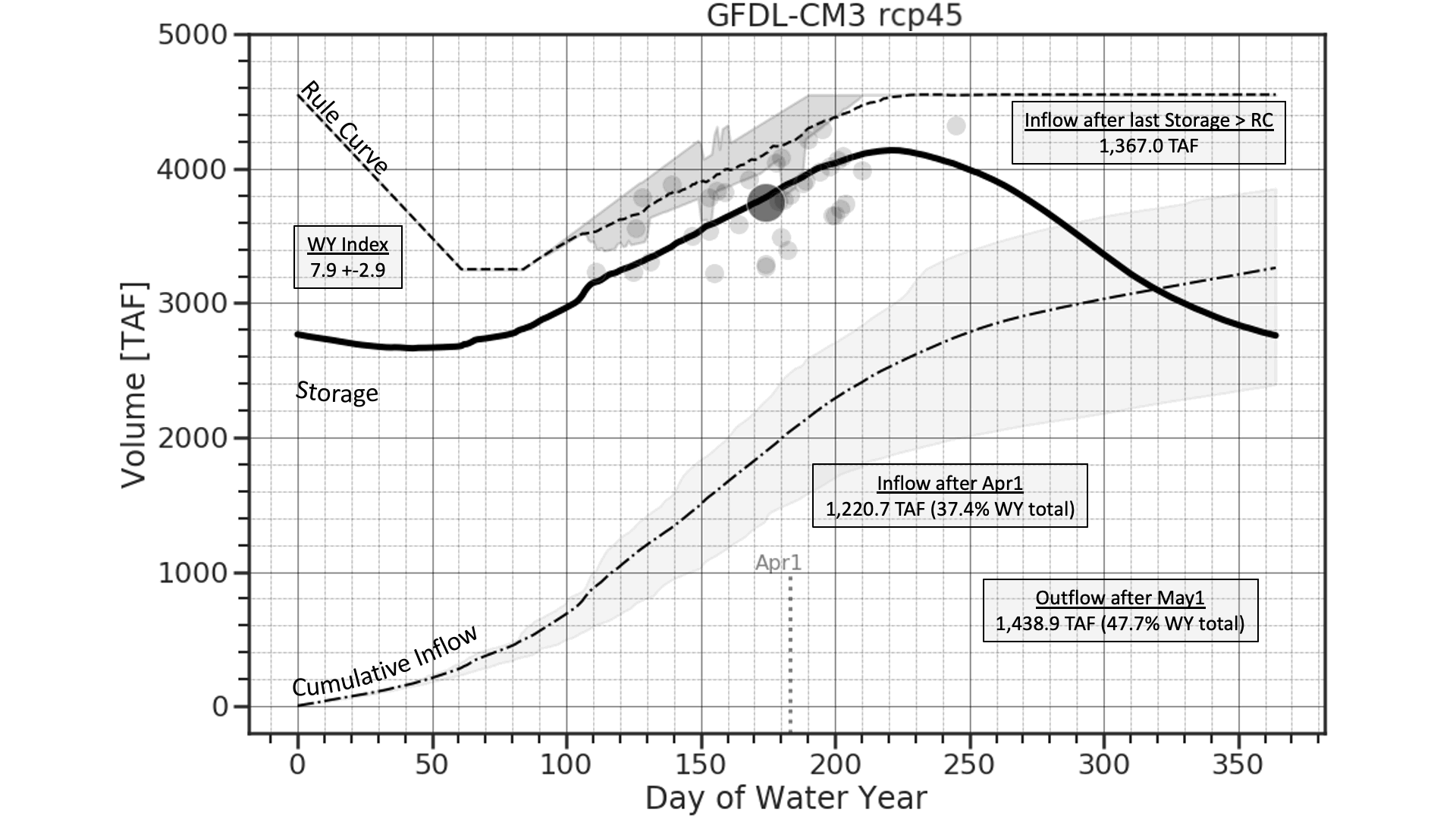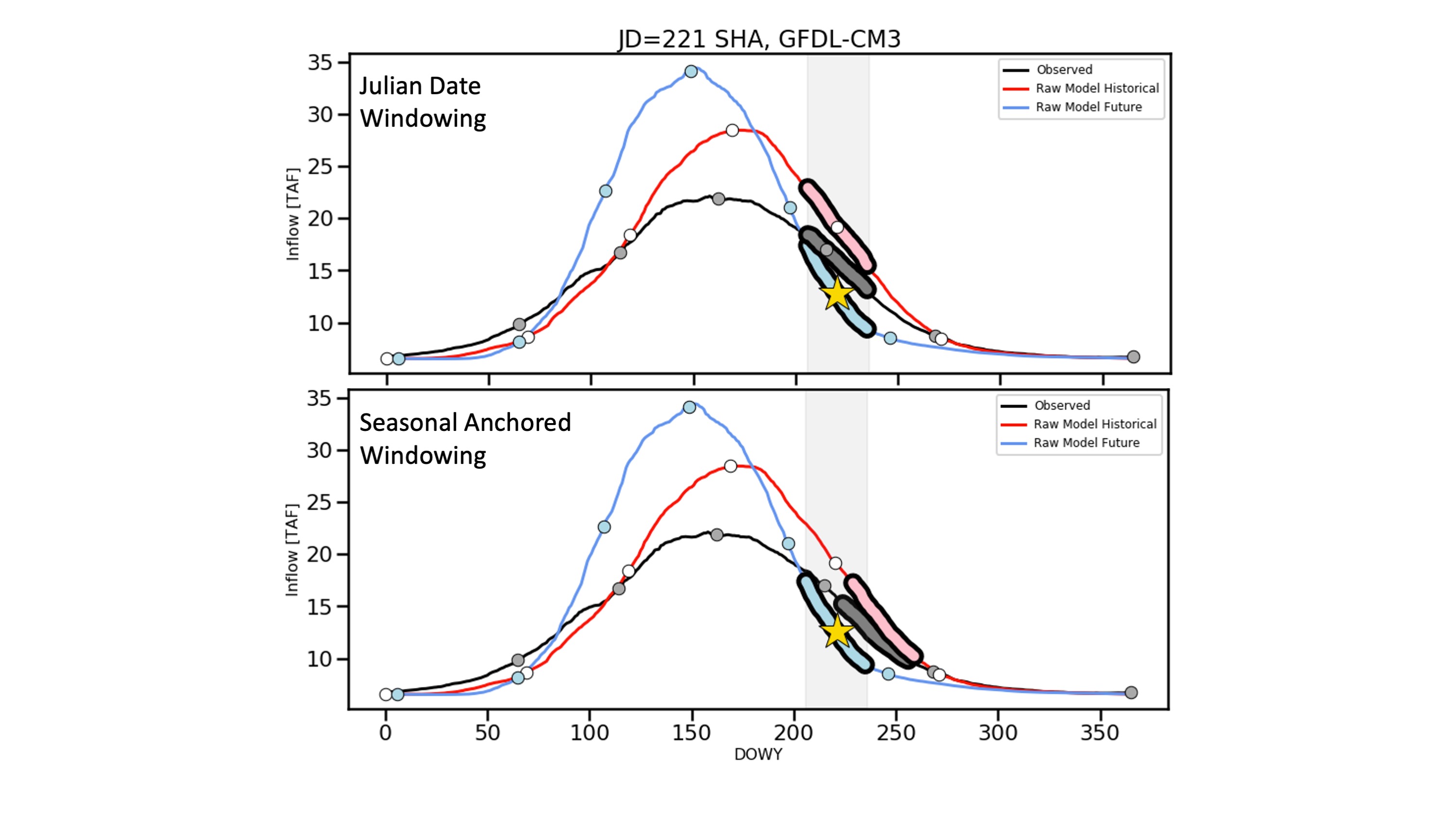Current Projects
Assessing Vulnerability and Adaptive Management Under Climate Change Scenarios: Lessons from California’s Largest Reservoir
With the arrival of increasing droughts and floods, declining snowpacks, increasing temperatures, and increasing evapotranspiration, the ways in which the West has managed water for the past 75 years increasingly appear to be insufficient in sustaining projected demand. However, individual river basins, watersheds, and reservoir drainage areas will not be impacted uniformly. As a result, the potential impacts of climate change on water management and any associated mitigation or adaptation strategies must be examined on a case-by-case basis.
The primary objective of this work is to investigate the impacts of climate change on rule-curve based reservoir operations for low-elevation historically rain-and-snow driven basins by using the Shasta reservoir in the Trinity Alps of northwestern California as a case study.

Collaborators: Mike Dettinger, Will Chapman, Marty Ralph



Seasonally Anchored Bias Correction of CMIP5 Hydrological Simulations
Raw output from climate models is often considerably biased and too coarse in spatial resolution to be used by stakeholders. There are numerous bias correction schemes designed to address these problems and create a ‘more useful’ product for decision makers. In essence, these methods establish an empirical transfer function between a given variable’s distribution in a ‘historical’ modeled and observed dataset, and applies the mapping to the model data. Typically, empirical relationships are developed using a sliding 30-day window, centered around a given julian date, thus comparing data from similar parts of an annual cycle. Although this method is widely used, it assumes a variable’s annual cycle is stationary in time. While this may hold for some applications, it certainly does not apply for something like montane streamflow, driven largely by changes in projected future snowpack.
The primary objective of this work is to develop a novel statistical post-processing scheme to improve on current streamflow bias correction methods. This technique abandons building transfer functions from data centered on a julian date, and rather uses ‘sesasonally anchored’ windows informed by a river’s climatological hydrograph.

Collaborators: Dave Pierce, Will Chapman, Marty Ralph




